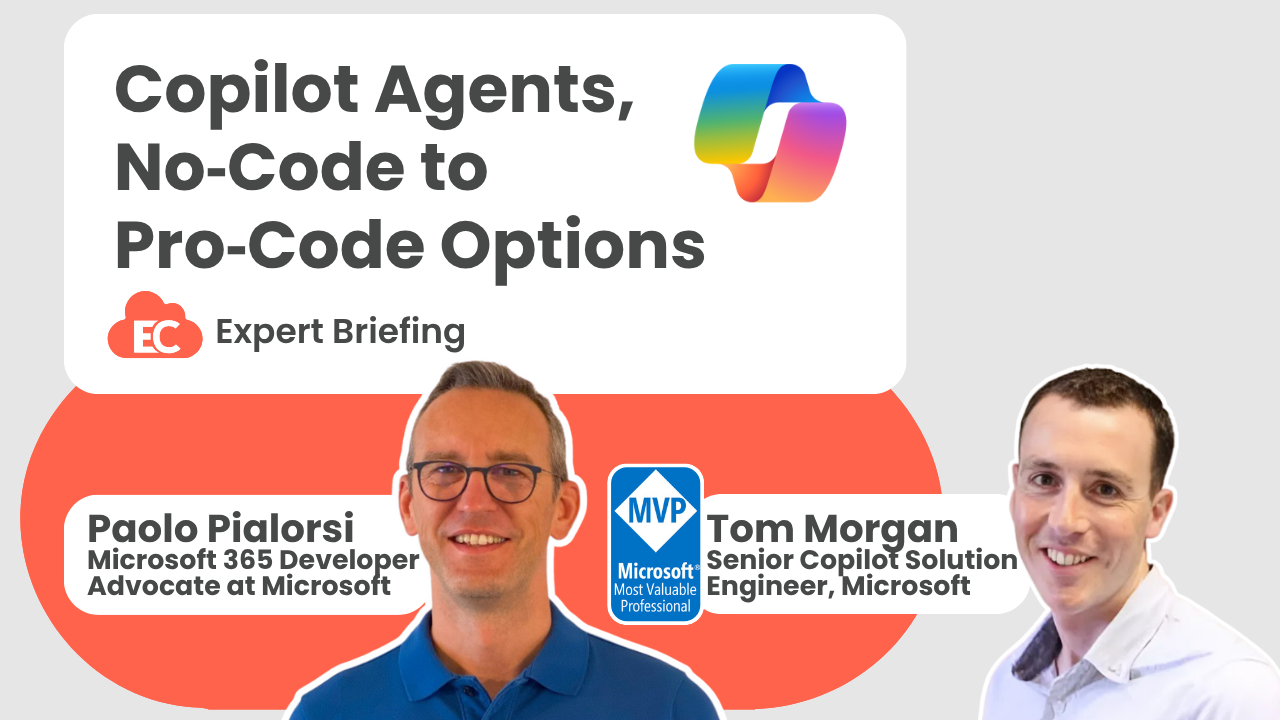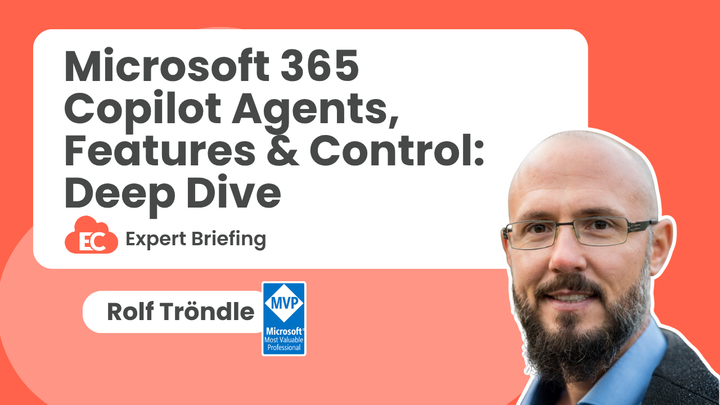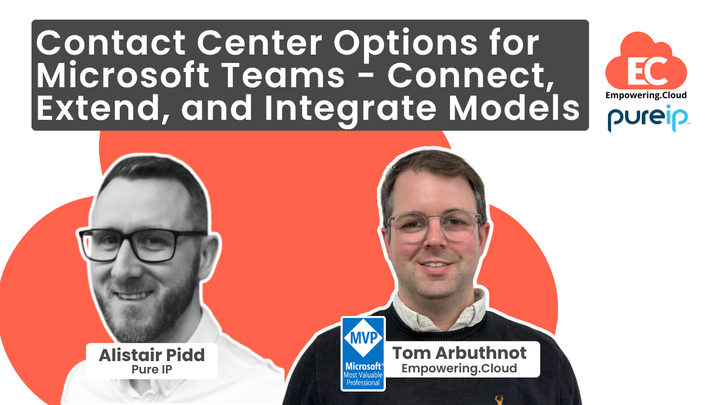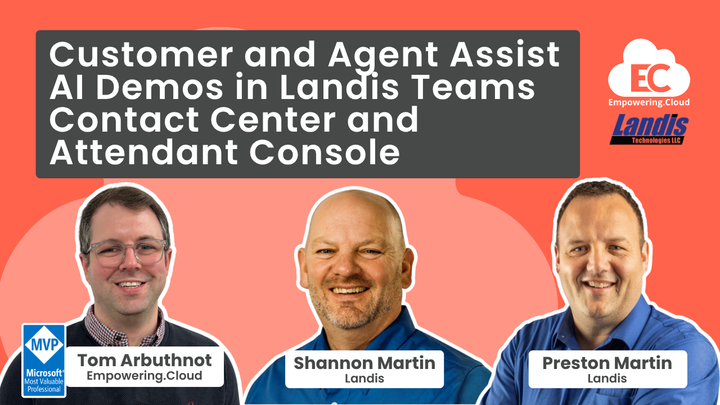Copilot Agents, No-Code to Pro-Code Options - Paolo Pialorsi, Senior Developer Advocate at Microsoft
Tom Morgan speaks with Paolo Pialorsi, Senior Developer Advocate at Microsoft, to demystify Microsoft 365 Copilot agents and how to choose the right build path for each scenario.

Tom Morgan speaks with Paolo Pialorsi, Senior Developer Advocate at Microsoft, to demystify Microsoft 365 Copilot agents and how to choose the right build path for each scenario.
Pick the approach that fits the use case, skills and long‑term ownership. Start no‑/low‑code for speed and validation, move to pro‑code when you need custom orchestration, channels or packaging at scale.
- What an agent is: foundational model, orchestrator, skills, knowledge base, optional UX, and agent‑to‑agent interaction
- Two core models: declarative agents using the Copilot orchestrator vs custom engine agents where you bring your own model and orchestrator
- No‑code starting points: SharePoint agents for document‑centric scenarios, and Copilot Studio Lite for connectors, web content and generative features
- Low‑code with Copilot Studio (full): leverage Power Platform connectors, agent flows and optional custom engine agents
- Pro‑code declarative agents: build with the Microsoft 365 Agents Toolkit in VS Code, ship manifest‑driven packages, add APIs via OpenAPI, enable capabilities like image generation, web search and code execution
- Fully pro‑code custom agents: Microsoft 365 Agents SDK or Teams AI Library with your own hosting, channels and knowledge infrastructure
- Capabilities nuances: MCP support in Copilot Studio today, autonomous agents available in Copilot Studio but not in declarative agents yet
- Licensing overview: public‑web knowledge uses the included Copilot entitlement; Graph‑grounded scenarios require pay‑as‑you‑go or Copilot user licences
- Portability and composition: export from SharePoint agents or Copilot Studio Lite to edit as declarative JSON; mix approaches using agent‑to‑agent patterns



Comments ()